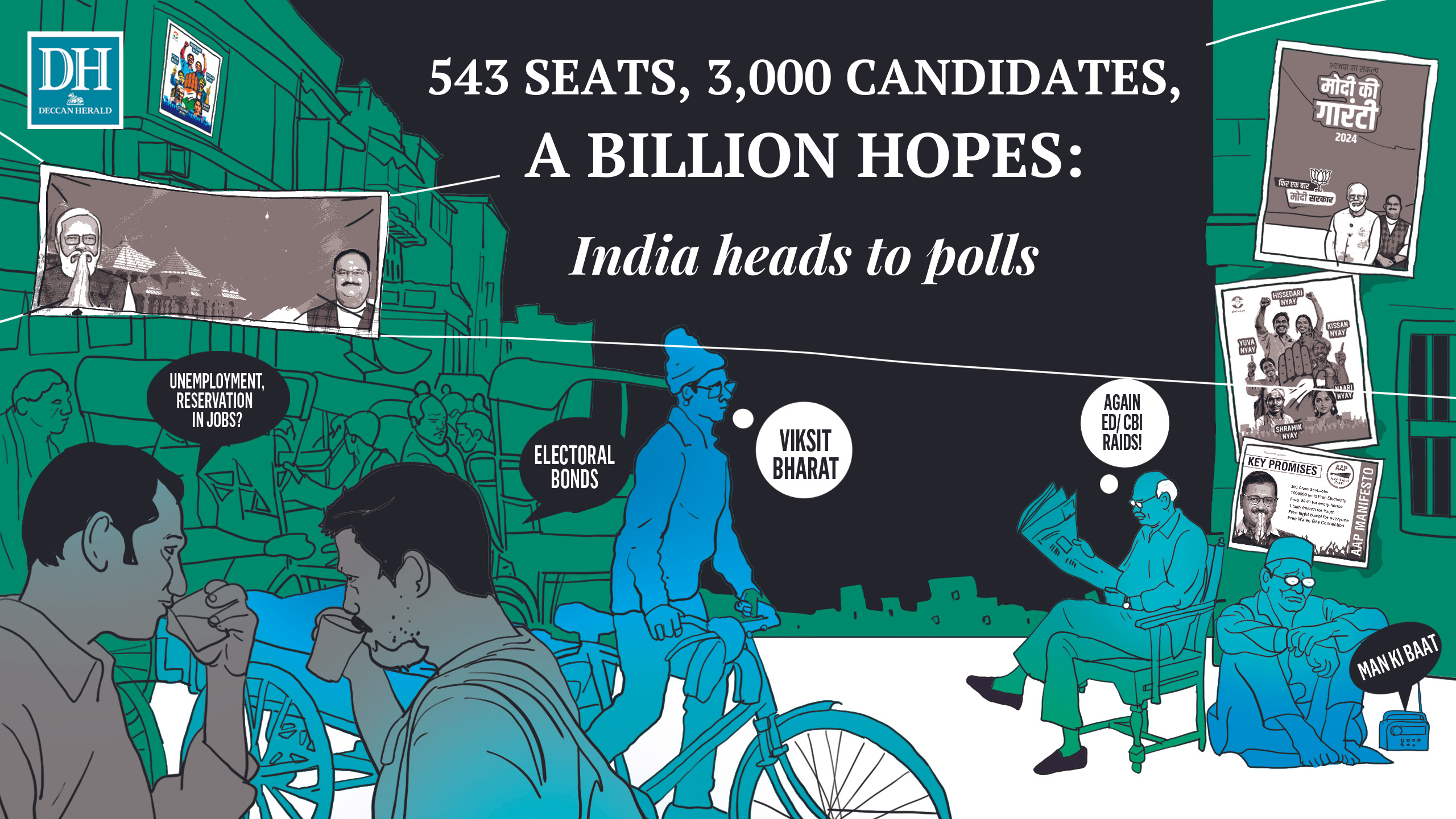
By Shiladitya Ray & Shuvrajit Biswas
Illustrations by Deepak Harichandan
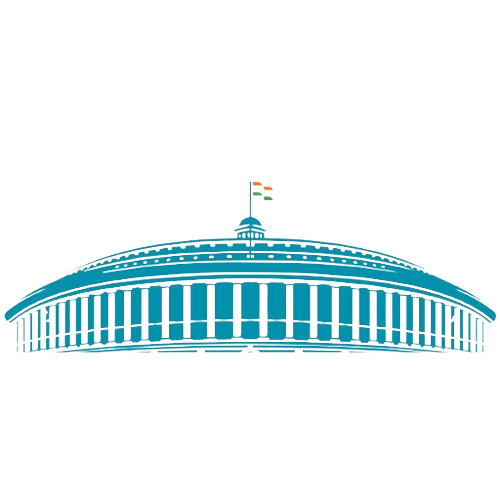
The festival of democracy begins in India from April 19, as the nation goes to polls for the 2024 Lok Sabha elections.
After a long struggle against British colonisation, India gained independence in 1947 and held its first general elections in 1951, which, at that time, was the world’s largest democratic exercise.
India remains the world’s largest functioning democracy due to its population, followed by the USA, Indonesia, and Brazil.
Over the years, the polls here have reflected the aspirations and wishes of the nation, like the pushback Indira Gandhi faced following the Emergency era, and the crash that hit the BJP after the 2002 Gujarat riots.
Multiple parties, a diverse population, and varied hopes and dreams makes India’s election process incredibly complex, not just for political parties but also for the Election Commission, which oversees the entire matter.
The parliamentary polls this year will take place over 82 days, in seven phases, making this one of the most drawn-out elections in India's history. The primary reason for long-drawn nature of the exercise is the need to deploy security personnel and other necessary forces to polling areas, many of which are in currently troubled zones, like Manipur, or India’s Red Corridor—which spans the eastern, southern, and central parts—that is infamous for Naxalite activities.
Amid cries from the opposition that central agencies are cracking down on their leaders, and the ruling party touting its purportedly hard-line stance on corruption, India heads to an election that promises to test the fibre of the nation’s democracy.
Here we take you through all you need to know about the Lok Sabha elections.
INDIA'S ELECTORAL JOURNEY
A look at India's parliamentary elections since Independence
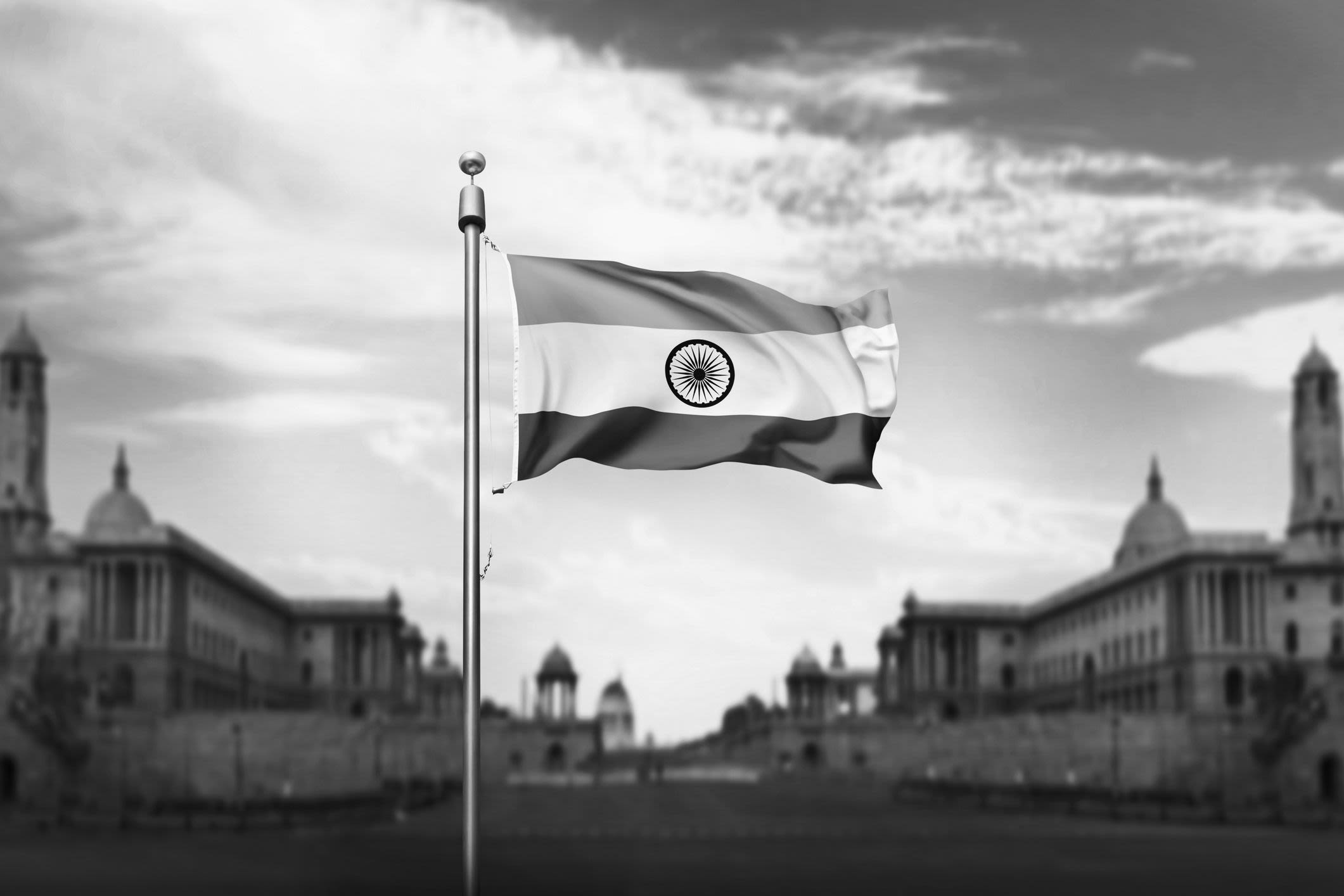

Since its independence in 1947, India has witnessed 17 Lok Sabha elections, with the first taking place in 1951-1952.
The country has come a long way in the polling process as well since then, from ensuring greater inclusion of women voters to introducing Electronic Voting Machines (EVMs) to modernise the electoral process. Of late, the Election Commission of India (ECI) has also been proactive in digitising election-related services, and has launched several apps to that end.
India, due to its many regional parties, and localised aspirations, has seen coalition governments over the years, many of which have not lasted their entire tenures due to infighting and internal differences.
For several decades after India's independence, the Indian National Congress (INC) was the dominant political force, and secured back-to-back terms till 1989, when the public voted the Janata Dal to power.
However, the Congress came back to power the very next term, and continued to dominate the landscape of Indian politics, up until the electoral ascendancy of the BJP under Atal Bihar Vajpayee.
From 1996 to 1999 the public went BJP’s way, but the Congress again returned to power in 2004 and 2009.
However, the grand old party's fortunes took a turn for the worse in 2014, with the meteoric rise of Narendra Modi taking the country by storm. With two terms already under his belt, PM Modi is now eying a third as the premier of the world's largest democracy.
POLL PRIMER
A snapshot of the 2024 Lok Sabha elections

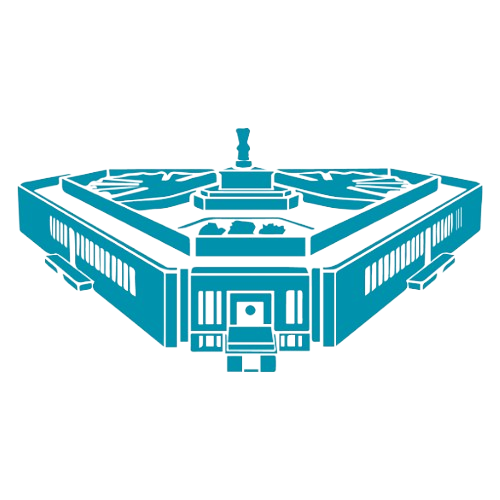
The 2019 Lok Sabha polls saw the BJP cruise comfortably to victory—the saffron party consolidated its standing, securing 303 seats and grabbing 37.36 per cent of votes, the highest by any party since 1989.
In comparison, the Congress, the largest national party in the opposition, managed to win merely 52 seats.
This time, however, the BJP is aiming even higher. With Modi spearheading the push, leaders of the saffron party have raised cries of ‘Abki baar 400 paar’, hoping to cross 400 seats in an election that, by far, dwarfs any other in the world.
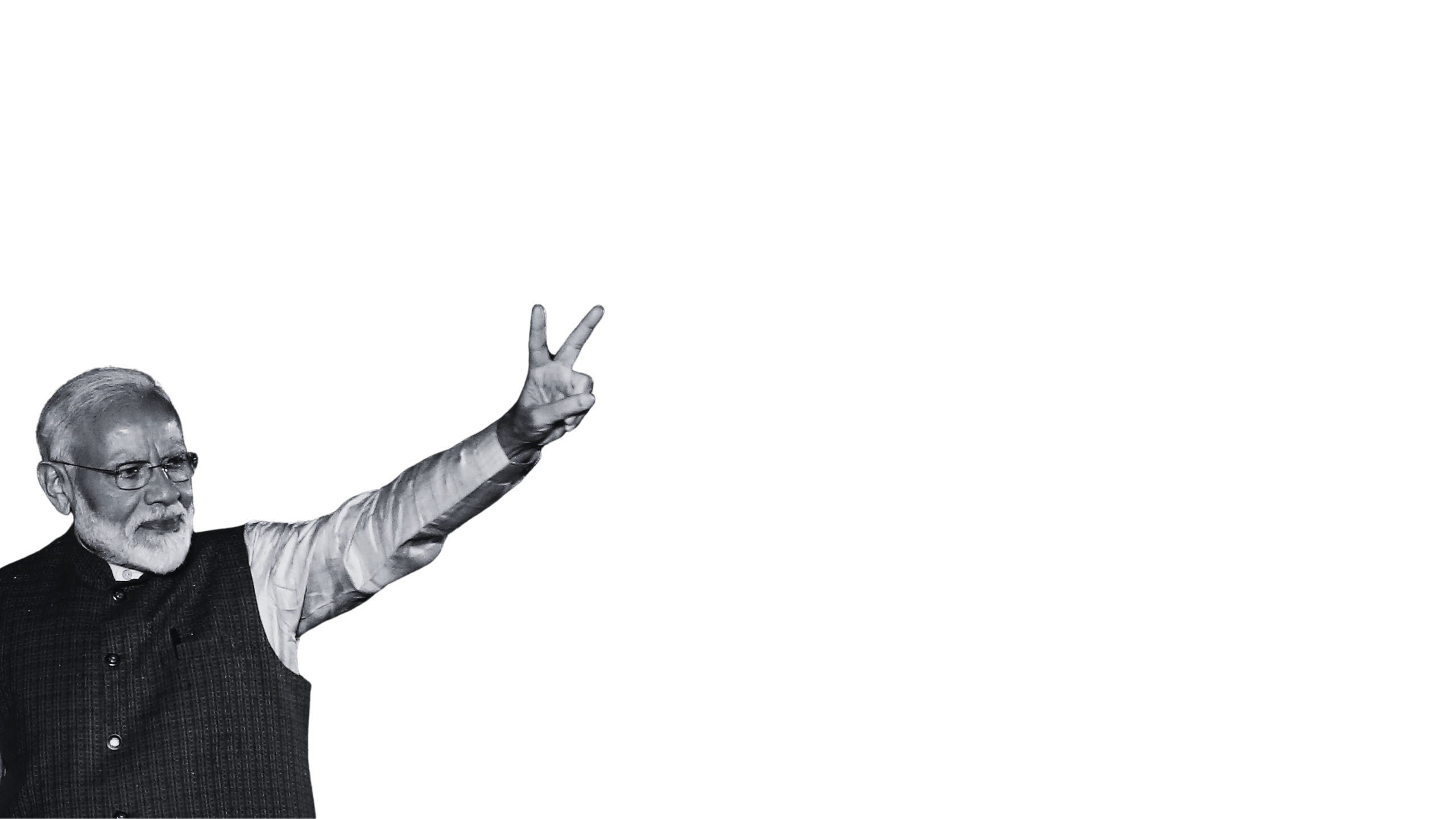
The world's biggest election
Indeed, India is the world’s most populous democracy, with a population of 140 crore people. With 96.8 crore registered voters this time, the electoral exercise to be undertaken promises to be of a scale hitherto unseen.
Of the 96.8 crore voters in the country, 49.7 crore are males, while 47.15 crore are females. Third gender voters account for 48,044 electors, while the remaining are service voters, whose numbers stand at 18.33 lakh.
Yet, despite the vast number of electors in India, the nation has historically been erratic when it comes to voting, with voter turnouts varying drastically across the 17 parliamentary elections that have been held thus far.
That being said, voter turnout hit a record high during the 2014 elections, and in 2019, went even higher, hitting 67.4 per cent. This time, the ECI is hoping for even greater numbers as it gears up to host the biggest festival of democracy in the world.
Given the gargantuan nature of the exercise and logistical difficulties involved, the Lok Sabha elections this time are being held in seven phases, from April 19 to June 1, 2024.
Counting, meanwhile, is scheduled to be held on June 4, 2024.
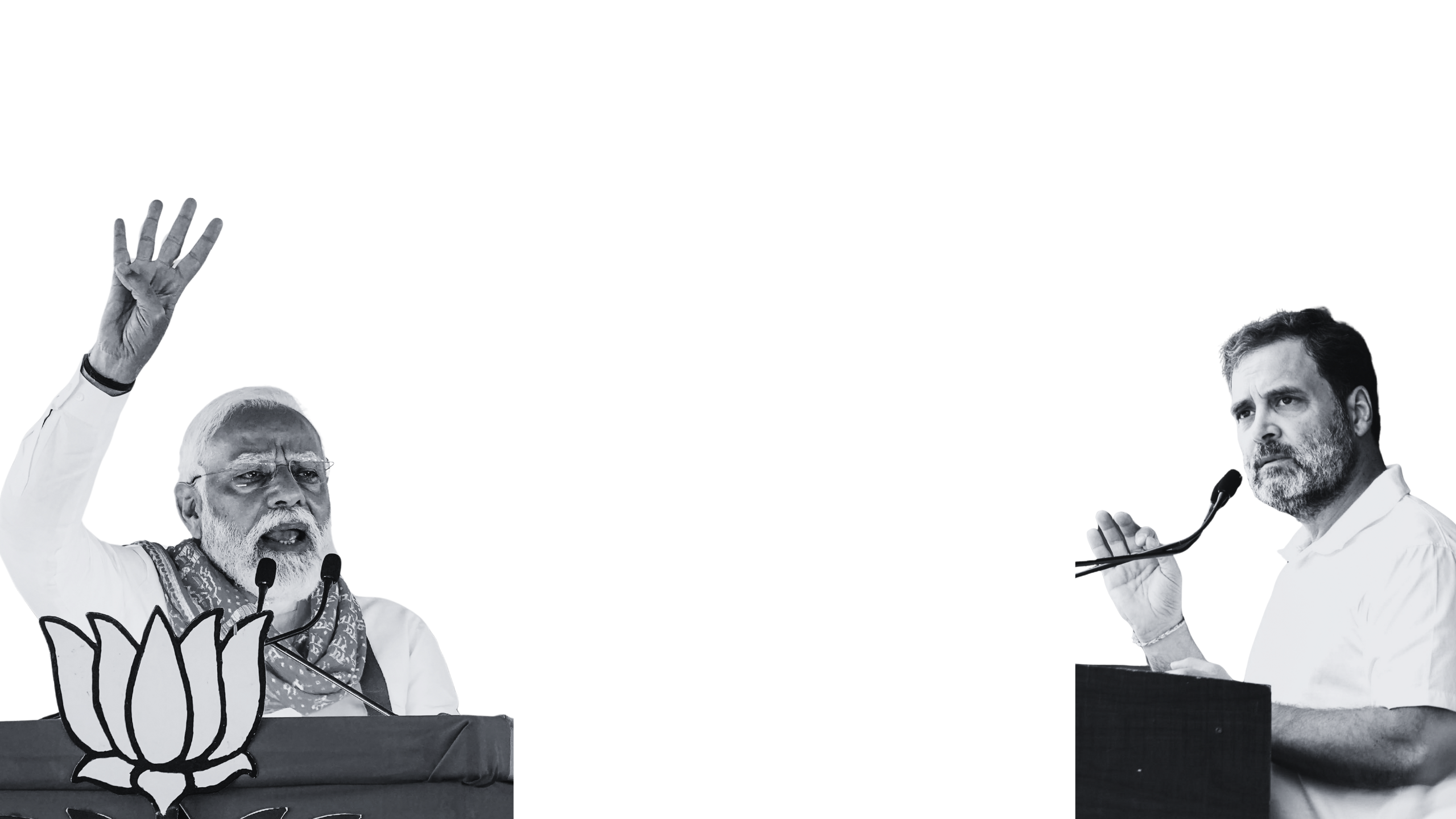
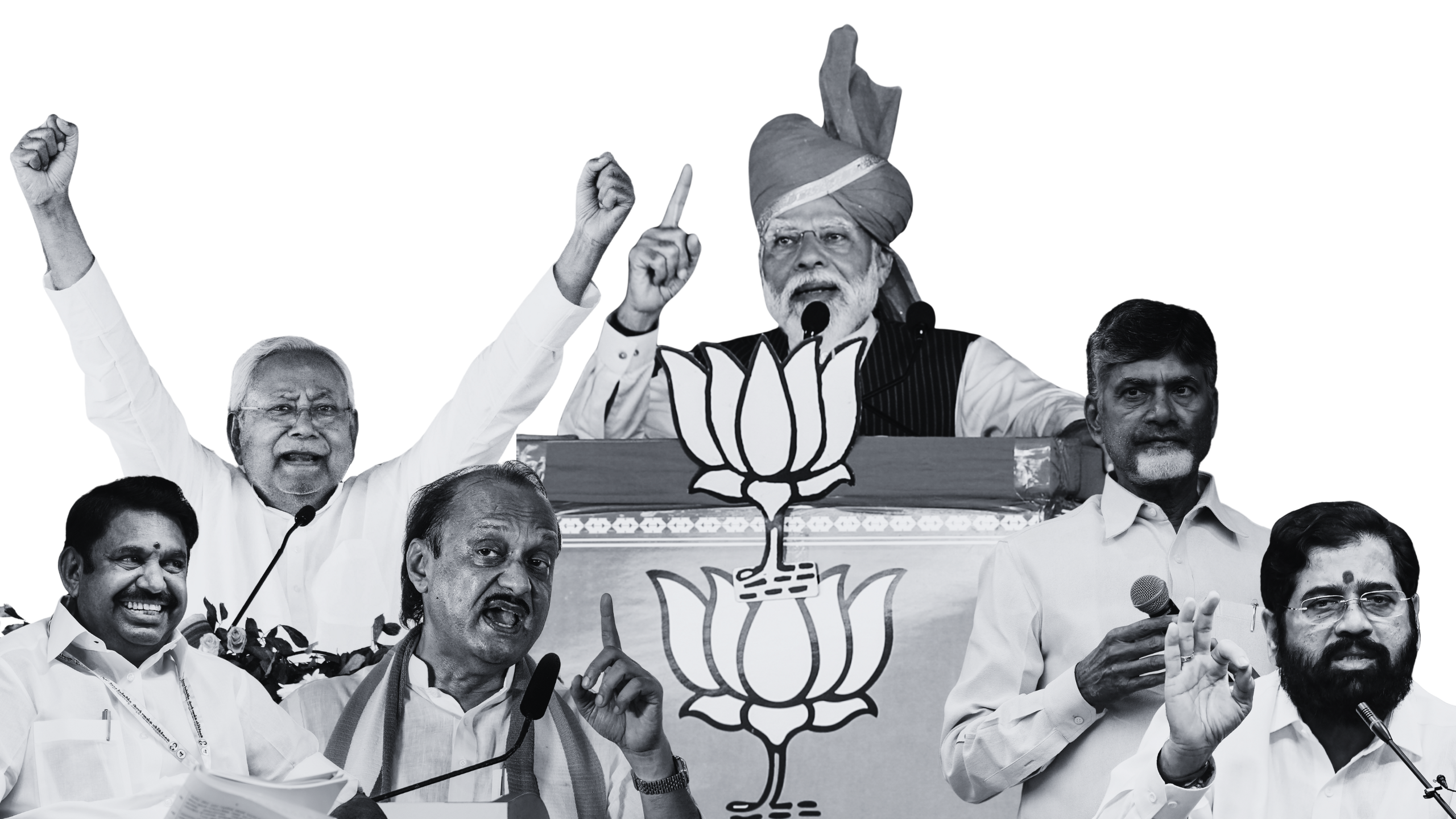

BATTLE LINES FORMED
This Lok Sabha polls, the NDA faces a consolidated alliance in the opposition for the first time— the I.N.D.I.A. bloc. Formed to keep the BJP out of power, this bloc consists of the Congress—its largest member —along with notable regional parties like the SP, TMC, DMK and AAP.
Things have somehow come full circle with the NDA having been formed to keep Congress out of power and now the grand old party has teamed up with others to try and keep the BJP out of power, but it remains to be seen whether they are successful, even as central agencies have stepped up action against leaders and parties in the opposition bloc.
NATIONAL DEMOCRATIC ALLIANCE (NDA)
Formed with the primary motive of keeping the Congress out of power, the National Democratic Alliance (NDA) is made up of several national and regional parties, with the Bharatiya Janata Party (BJP) the single largest member of the bloc. Since its inception, the NDA has had Atal Bihari Vajpayee at the helm, then L K Advani, and also Amit Shah.
The NDA, however, does not have any formal governing structure, and functions on the basis of the many political leaders within the alliance coming to mutual decisions. Obviously, this has led to discontent in the past.
In 1998, the NDA government fell when the AIADMK withdrew support over the Centre’s unsatisfactory response to a case against Jayalalithaa and the Tamil Nadu party’s demand for the ouster of the DMK regime. Ties between the BJP and the AIADMK took a further plunge last year over the latter's objections to 'unnecessary remarks' by the BJP on its former leaders, and the relationship ended soon after with the AIADMK walking out of the alliance.
Nitish Kumar’s JD(U) has also had a rocky history with the alliance, and had quit the NDA after the 2019 elections. Kumar went on to chair the first meeting of the opposition response to the NDA, which eventually came to be known as the Indian National Developmental Inclusive Alliance (I.N.D.I.A.), till he quit that too, and decided to return to the NDA fold ahead of the 2024 Lok Sabha elections.
The NDA has also seen faltering support from the Shiv Sena, when the latter was undivided. The only other party which shared a Hindutva ideology, besides the BJP, also walked out after 2019. Now, of course, the Shiv Sena stands divided in two, with Eknath Shinde and Uddhav Thackeray leading the two factions. Shinde’s faction is in the NDA fold, having formed the state government in Maharashtra with the help of the BJP.
Heading into the 2024 polls, the BJP has strengthened alliances with former partners like the JD(U), TDP, and Shiv Sena, while cultivating newer alliances like with Ajit Pawar’s faction of the NCP.
INDIAN NATIONAL DEVELOPMENTAL INCLUSIVE ALLIANCE (I.N.D.I.A.)
The backronym 'I.N.D.I.A.' has posed a headache for the BJP, prompting many of its leaders to refer to the opposition bloc as the 'INDI Alliance' instead to sidestep the possibility of the bloc's name being associated with that of the country.
It remains to be seen in the upcoming elections whether the bloc itself causes as much trouble to the NDA as the name has.
While the I.N.D.I.A. bloc initially started with parties like the JD(U), AAP, and TMC lending support, and the Congress remaining the largest member, there have been fissures since then, with Nitish re-entering the NDA fold, and both AAP and TMC deciding to contest Lok Sabha polls solo in Punjab and Bengal respectively. The bloc also faces some issues in terms of the manifestos its members have brought out.
While the Congress and DMK have remained silent on restoring the old pension scheme, the CPI, CPI(M), RJD, and SP have promised to revive it. Likewise, the Congress, RJD, and SP have stayed silent on the CAA, while the CPI, DMK, and CPI(M) have promised to scrap it.
Heading into the 2024 polls, this fledgling bloc has its work cut out, but with the help of veteran politicians like Sharad Pawar and Lalu Prasad Yadav in the alliance, I.N.D.I.A. might still come together as the founders had envisioned.
Chief Election Commissioner Rajiv Kumar, on March 16, announced the schedule for the Lok Sabha polls in the usual presser that the Election Commission holds ahead of polling.
The polling for 543 seats will be held in seven phases, with the first phase seeing 102 seats go to polls on April 19. Bypolls to 26 assembly constituencies will be held alongside the Lok Sabha elections. These include Bihar, Gujarat, Haryana, Jharkhand, Tripura, West Bengal, Telangana, Himachal Pradesh and Karnataka.
Odisha, which is among the states to have assembly polls at the same time, will vote simultaneously with the Lok Sabha polls in four phases. Polling will be on May 13, 20, 25, and June 1.
Andhra Pradesh will see polling for its 175 assembly seats on May 13. Sikkim and Arunachal Pradesh will see polling for its 32 and 60 assembly seats on April 19.
Phase two will see polling for 86 seats on April 26, and the third phase will see voting for 94 seats on May 7. The fourth stage of polling for 96 LS seats is on May 13, and the fifth phase, which will see voting for 49 Lok Sabha seats is on May 20. The sixth phase on May 25 will see voting for 57 seats and the seventh and last phase will see polling for 57 seats on June 1.
Votes will be counted on June 4.
INDIA DECIDES
Looking ahead...

While exit polls will only be made public after June 1, the ABP News-CVoter survey has predicted that the BJP-led NDA alliance will secure a massive victory with 373 seats out of the 543 going up for grabs.
Meanwhile, the I.N.D.I.A. bloc is expected to win 155 seats, getting 39.8 per cent of the votes, which is a slight increase from the 36.6 per cent these parties had cumulatively gathered in 2019, when they contested the Lok Sabha polls solo.
As the festival of democracy begins, it remains to be seen if the predictions come true, or the nation opts for the nascent opposition coalition.
(We'd love to hear from you! For comments and suggestions, reach out to us at webdesk@deccanherald.co.in)
Writing & editing: Shiladitya Ray, Shuvrajit Biswas
Production: Shiladitya Ray, Shuvrajit Biswas
Illustrations & vectors: Deepak Harichandan
Concept: Pulkit Gupta
